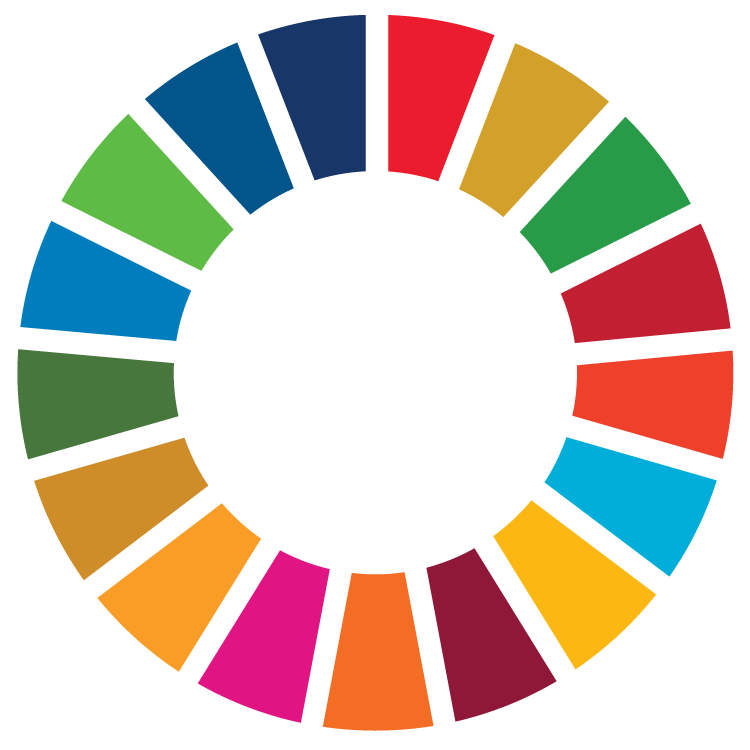
Text original
Aquesta assignatura s'imparteix en català. El text original d'aquest pla docent és en català.
Texto traducido
Esta asignatura se imparte en catalán. El plan docente en español es una traducción del catalán.
La traducción al español está actualizada y es equivalente al original.
Si lo prefieres, ¡consulta la traducción!
Text created with automatic translation
The language of instruction of this subject is Catalan. The course guide in English is an automatic translation of the version in Catalan.
Automatic translation may contain errors and gaps. Refer to it as non-binding orientation only!
Course
Multimedia. Applications and Video Games
Subject
Multiplatform Applications
Type
Compulsory (CO)
Academic year
3
Credits
6.0
Semester
2nd
| Group | Language of instruction | Teachers |
|---|---|---|
| G15, classroom instruction, mornings | Catalan | Raymond Lagonigro Bertran |
Sustainable Development Goals (SDG)

- 11. Sustainable cities and communities
- 12. Responsible consumption and production
Objectives
This subject trains students in the development of cross-platform applications, that is, applications that, despite starting from a single source code, can be distributed on different platforms than those currently existing in computer systems, both for desktop computers and for mobile devices. The necessary and fundamental concepts are also studied to be able to decide when it is appropriate to implement a cross-platform system and when it is more convenient to adopt a native solution.
Learning outcomes
- Understands the operation of frameworks current multiplatform development trends.
- Learn about the advantages and disadvantages of cross-platform development.
- Learn the most common cross-platform development languages.
- Knows how to develop a multiplatform application.
- Learn the steps for publishing a multiplatform app on different platforms. marketplaces.
- Moves with ease in the general use of ICT, especially in technological environments specific to the professional field.
Competencies
General skills
- Combine scientific knowledge with technical skill and technological resources to deal with difficulties in professional practice.
- Desire to take part in lifelong learning, innovate, create value and acquire new knowledge.
Specific skills
- Analyze, design and implement applications for the web, mobile devices, video games or general purposes, using programming languages and development tools.
- Conceptualise, design, implement and assess interfaces and interaction schemes, putting into practice standard models of assessment.
- Develop and manage software and hardware in a multimedia environment.
- Know about the characteristics, functions and structure of operating systems, distributed systems and computer networks, in order to use them well for design and implementation of multimedia applications.
Basic skills
- Students have developed the learning skills necessary to undertake further studies with a high degree of independent learning.
Core skills
- Display professional skills in complex multidisciplinary contexts, working in networked teams, whether face-to-face or online, through use of information and communication technology.
- Use oral, written and audiovisual forms of communication, in one's own language and in foreign languages, with a high standard of use, form and content.
Content
- Frameworks of progressive application development: VueJS, AngularJS, Angular, React... Requirements. Directives and expressions. Filters and iterations. MVVM architecture. Modules, controllers and services. Single-page appsAccess to web APIs. Local storage
- UI Libraries: Bootstrap, Material Design, ReactNative, Ionic...
- Storing information in cross-platform applications: SQLite. Data storage options. SQLite
- Native bridge: Ionic. Installation. Creating, configuring, emulating and testing a project. Compiling and publishing. Using plugins
- Integration of development and creation of multiplatform applications: ReactNative, Flutter. Provide a graphical interface to an application. Access to web APIs to provide content. Integration with user management systems
- Integrated Development Environments (IDEs) for cross-platform application development. Current situation. Comparison of the different IDEs on the market
Evaluation
Assessment is done through exercises, problems and individual practices.
To pass the subject, all the practicals must be completed and a minimum grade must be obtained in the tests.
| Action type | Dates | % of grade | It is mandatory to approve (yes/no) | Recoverable (yes/no) | Related learning outcome |
|---|---|---|---|---|---|
| Exercises during face-to-face sessions | the whole course | 10 | no | no | R1, R3, R4, R5 |
| Project monitoring | the whole course | 30 | yes | no | all |
| Project development | the whole course | 60 | yes | yes | all |
If a student does not have a grade equal to or greater than 4 in any of the projects, the project in question must be retaken during the retake period. A maximum of two projects can be retaken.
Methodology
There are theory sessions and practical sessions in which the different concepts that are explained are worked on. Some sessions are dedicated to developing projects.
Bibliography
Key references
- Griffith, C. (2017). Mobile App Development with Ionic, Revised Edition: Cross-Platform Apps with Ionic, Angular, and Cordova (2 ed.). O'Reilly Media, Inc.
Further reading
Teachers will provide complementary bibliography and compulsory reading throughout the course via the Virtual Campus.